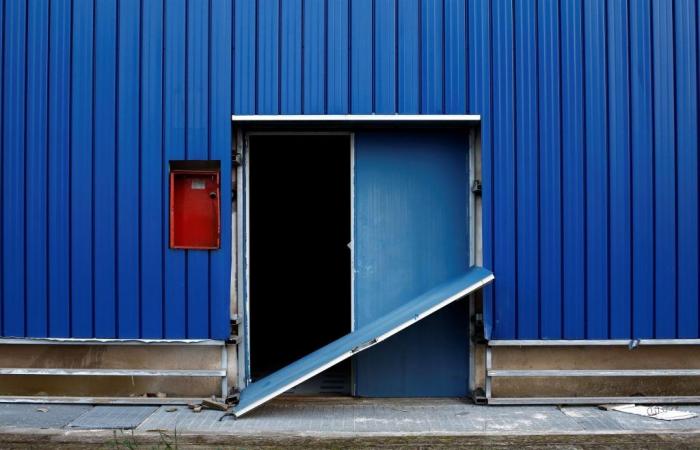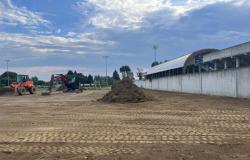Is Lombardy still the locomotive region of Europe? For nothing. Or, at least, it is a locomotive that runs with the brakes on, so much so that 7.5 percent of families in the Region were below the absolute poverty threshold, a share only slightly lower than the national average.
And again: in the region, family income has decreased in real terms, due to the increase in prices (+0.7%). Consumption, although slowing, continued to grow (1.4%), but spending was financed by drawing on bank deposits that grew significantly during the pandemic and by resorting to consumer credit. The financial position of families remained solid overall, even if signs of increased difficulties emerged in meeting mortgage payment deadlines. Wages increased modestly compared to the increase in prices.
The Bankitalia report on Lombardy
It was not the opposition parties to the centre-right government who elaborated the certainly not reassuring data, but the analysts of the Bank of Italy, authors of the report on the Lombardy economy in 2023 presented yesterday in Milan.
For Bank of Italy, the phase of strong expansion of the economy following the pandemic crisis ended in 2023. Lombardy’s GDP grew by 1.2 percent: a higher value than the national average (0.9 percent), but which, compared to 3.8 percent in 2022, is slowing down.
As for inflation, “it decreased to 1 percent last March, from 11 percent at the end of 2022, mainly due to the decline in the cost of energy.” According to analysts “in the first months of 2024 the economic trend remained weak and the forecasts available at regional level indicate a new slowdown in the current year”.
The study also found that in 2023 industrial production stagnated (0.2 percent) and company turnover decreased. In the construction sector, however, activity continued to expand, still supported by incentives for energy efficiency interventions and by the works financed by the National Recovery and Resilience Plan (Pnrr).
It invests half as much as in the rest of Europe
Another important aspect is that compared to the most advanced areas in Europe, Lombardy is characterized by lower investments in research and development by both public and private bodies (1.3 percent of GDP in 2021 compared to 2.9 in the European reference ) and due to the lesser use of highly qualified labour, even in the most technologically advanced sectors.
An increasingly older region
The report then contains a significant alarm: the progressive aging of the population will in fact have very significant effects on the region’s economy. So much so that there will be negative repercussions on the levels of participation in the labor market: according to Istat forecasts, between 2022 and 2042 the share of the regional population of working age will fall from 64 to 57 percent of the resident population.
Foreigners save us
What saved us in recent years was the contribution of foreign workers, a decisive result for the growth of the workforce and will continue to be so in the future. The demographic evolution will also have repercussions on the offer of financial services, which will have to adapt to the needs of older people, with generally higher-than-average wealth and often invested in assets with a low degree of liquidity. The demand for personal care and assistance services will increase considerably.






